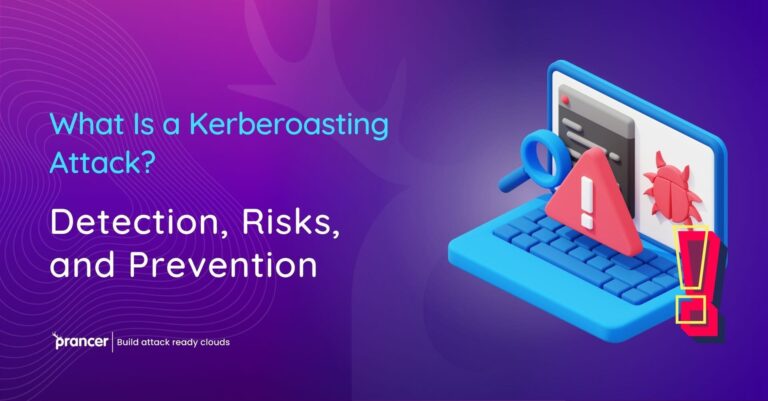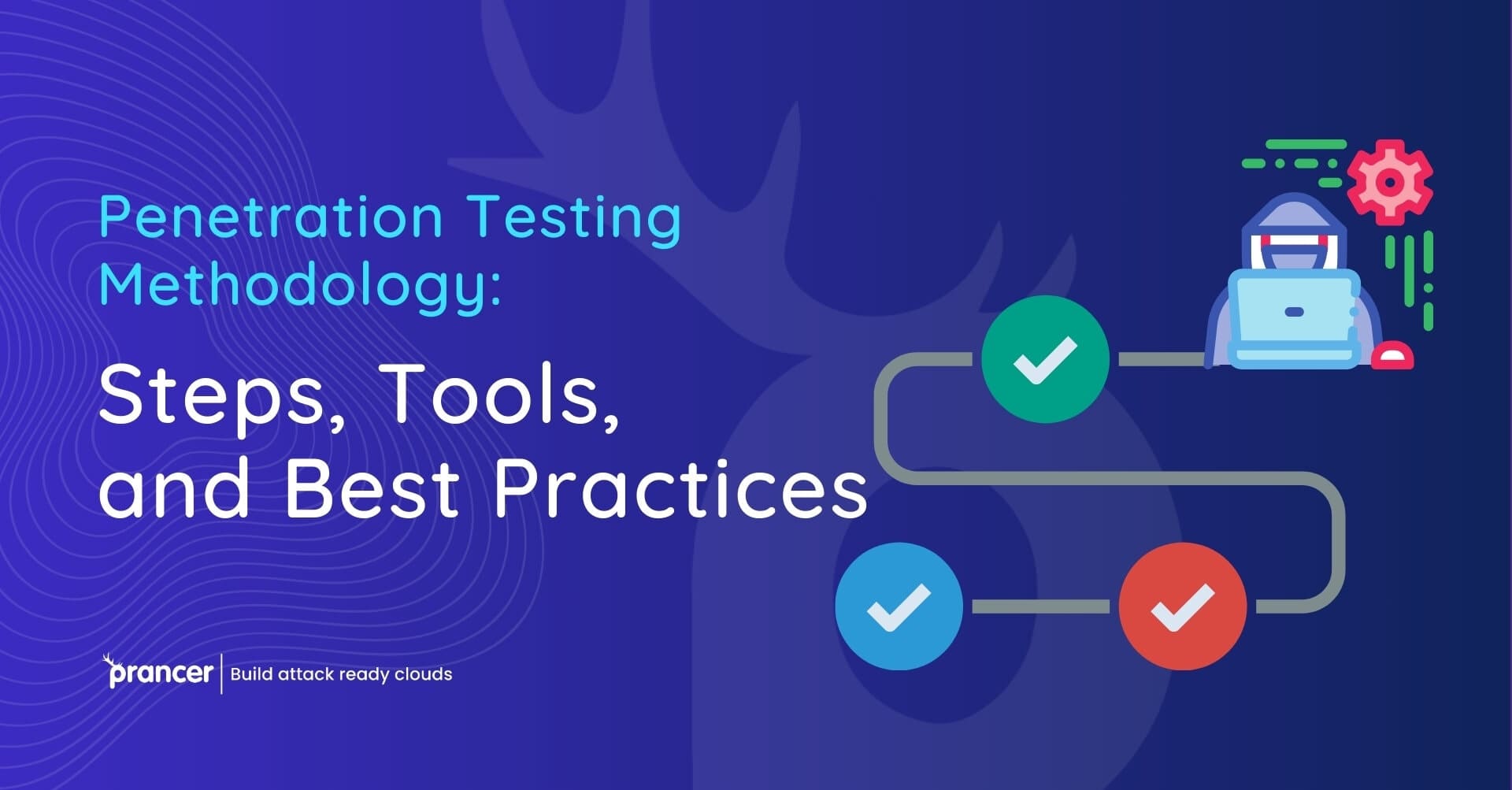

It is important to note that in the modern world of computer and internet, security threats are a very prominent issue to all types of companies. Amongst the methods used to implement the security measures, there is penetration testing, which can help to protect against these threats. In this type of article, let us explore the specifics of penetration testing methodology, analyze the advantages of the STAK automated penetration testing methodology, and reveal how Prancer fits into this picture.
The Penetration Testing methodology is the first step in any type of penetration testing activity that an organization might undertake.
Penetration testing is the concept which is also referred to ethical hacking as it involves mimicking an attack on a specific computer system to identify its weaknesses. It is rather like approaching an athlete and asking them to sprint on a certain runway so that you could determine how well suited it is for race jogs. It is useful in detecting possible weaknesses ahead of time and is a very good way of preventing the bad guys from prying into our systems.
Penetration testing is one of the branches of an information security which is used to measure the level of preparedness of a computer system & human resource of an organization.
In its simplest definition, penetration testing is the process where a system, or its owner, permits a person to attempt to hack it. This process aids in achieving the organization goals of recognizing the weaknesses within the given networks, applications, and security policies. Companies should be able to manage these possibilities, hence lowering their probability of being penetrated by hackers.
This is a question that many businesses and organizations would like to have answered before they engage themselves in penetration testing. In basic terms, it is a positive preventive strategy in cybersecurity. This way, all potential threats can be explained and the ways to address them, and as a result avoid hackers gaining access to a company’s system and stealing troves of data, in exchange for millions lost in damages, let alone the erosion of customer trust.
Penetration testing can be broadly classified into several types: Penetration testing can be broadly classified into several types:
Network Penetration Testing: Entails the process of exploring network architecture to determine areas that need reinforcement in terms of security.
Web Application Penetration Testing: This is a tool that targets web applications so that potential security flaws can be detected.
Mobile Application Penetration Testing: Conducts a static analysis of Android and iPhone apps to identify various risks associated with these forms of software.
Social Engineering: Tempt human weaknesses through methods such as fake emails with.
The traditional approach of penetration testing is conducted by skilled security analysts who employ diverse techniques and tools to ascertain the security weaknesses and subsequent assessment of risks involved. Despite being all-encompassing, the method is often tedious and gets expensive, especially when utilizing the scientific method frequently. Alternatively, the automated penetration testing uses software means to perform the tests; such an approach can be faster and, depending on the specific circumstances, cheaper.
A pen-test is an authorized attempt to discern the security weakness of an IT system based on the double-click penetration testing method; what is the Automated Penetration Testing Methodology then?
Automated penetration testing methodology may be defined as the scientific process of trying to find out the exploits that an attacker can use to launch an attack and the extents to which they can be effective in attacking a system. Organizations can use this approach to achieve efficiency in terms of time, cost, and coverage of security threats.
In this paper, the focus of our attention turns to the definition of the role of Prancer as the leap in penetration testing automation.
This piece of writing highlights how Prancer stands as one of the most automated penetration testing’s. The combination of modern solutions and a solid base of penetration testing serves as the optimal opportunity for businesses to protect their information systems, where Prancer operates as the ultimate choice for reaching such goals. To this end, it is individual to derive redoubtable solutions with total coverage, with easy usage techniques, and flexibility in obeyance to best suit the needs of any organization where Prancer’s solutions will be implemented.
The advanced steps in Penetration Testing Methodology In the previous section, the following steps were identified as being critical in Penetration Testing Methodology: Scoping A Penetration Testing engagement must first be scoped or defined to ensure that it addresses the right targets and is properly focused. Objective A Penetration Testing engagement must also have a clear and well-understood objective to proceed with the Penetration Testing effort. Information Gathering During a Penetration Testing
The various steps involved in the penetration testing process are as follows; Step one: they involve goals that are important for the organization and the methodology for achieving them.
The first of these steps in the overall process of hacking is reconnaissance, where information about the target system is collected to have an insight into the system’s structure and possible areas of vulnerability. all people see it as a detective investigating the evidence before solving a crime.
The following is the next step in the process; A scan is done on the system to check its vulnerability. One of the methods of testing a network is when the network is scanned and searched for vulnerability.
In this phase, the testers try to take advantage of any existing vulnerability to operate in an unauthorized manner. This is where the real hack is done, but all in a legal and lawful way as it is done by those who ask for it.
Later, the evaluators estimate repercussions that can be made if vulnerability is exploited and decide on how extensively they are willing to percolate into the system.
The last step of the process is to write a comprehensive report regarding the entire process and possible loopholes detected, how they were leveraged, and how they could be rectified.
Automated penetration testing offers several advantages: Automated penetration testing offers several advantages:
Efficiency: Automated tools are more efficient in testing, and they can be used to produce vulnerabilities in a few seconds than testing them manually.
Cost-Effective: Saves business its money as it will not have to hire high-end and sophisticated security experts.
Comprehensive Coverage: Make sure that all risks that could be reasonable exist and are familiar and apparent.
In conclusion, it has become crucial to understand and follow a proper penetration testing methodology, so that the organization is safe from cyber threats. A rather precisely defined automated penetration testing methodology gives a set of tested steps to reach the final goal – secure system. In this space, Prancer has a substantial role in dealing with the business and provides them with better automated solutions for generating security for their systems.
